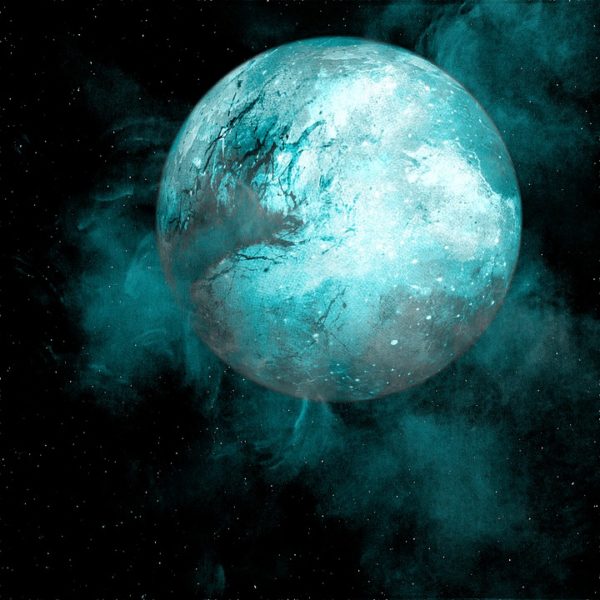Every year, 5,200 tons of extraterrestrial dust fall to Earth.
This gentle rain of bits of comets and asteroids far outweighs larger meteorites that hit the planet, according to research to be published April 15 in the journal Earth & Planetary Science Letters. Only about 10 tons (9 metric tons) of larger space rocks land on Earth annually.
Despite the large quantities, it’s hard to detect space dust or track its annual accumulation in most places due to precipitation that washes dust away. And in most places, dust originating on Earth swamps dust from space.
But in Adélie Land, Antarctica, near the French-Italian Concordia research station, snowfall is very predictable and there is very little terrestrial dust. Over 20 years, French National Centre for Scientific Research (CNRS) physicist Jean Duprat and his colleagues have made six expeditions to the area to collect particles. The layers of space dust are well enough preserved in the region for researchers to estimate how much fell year after year.



